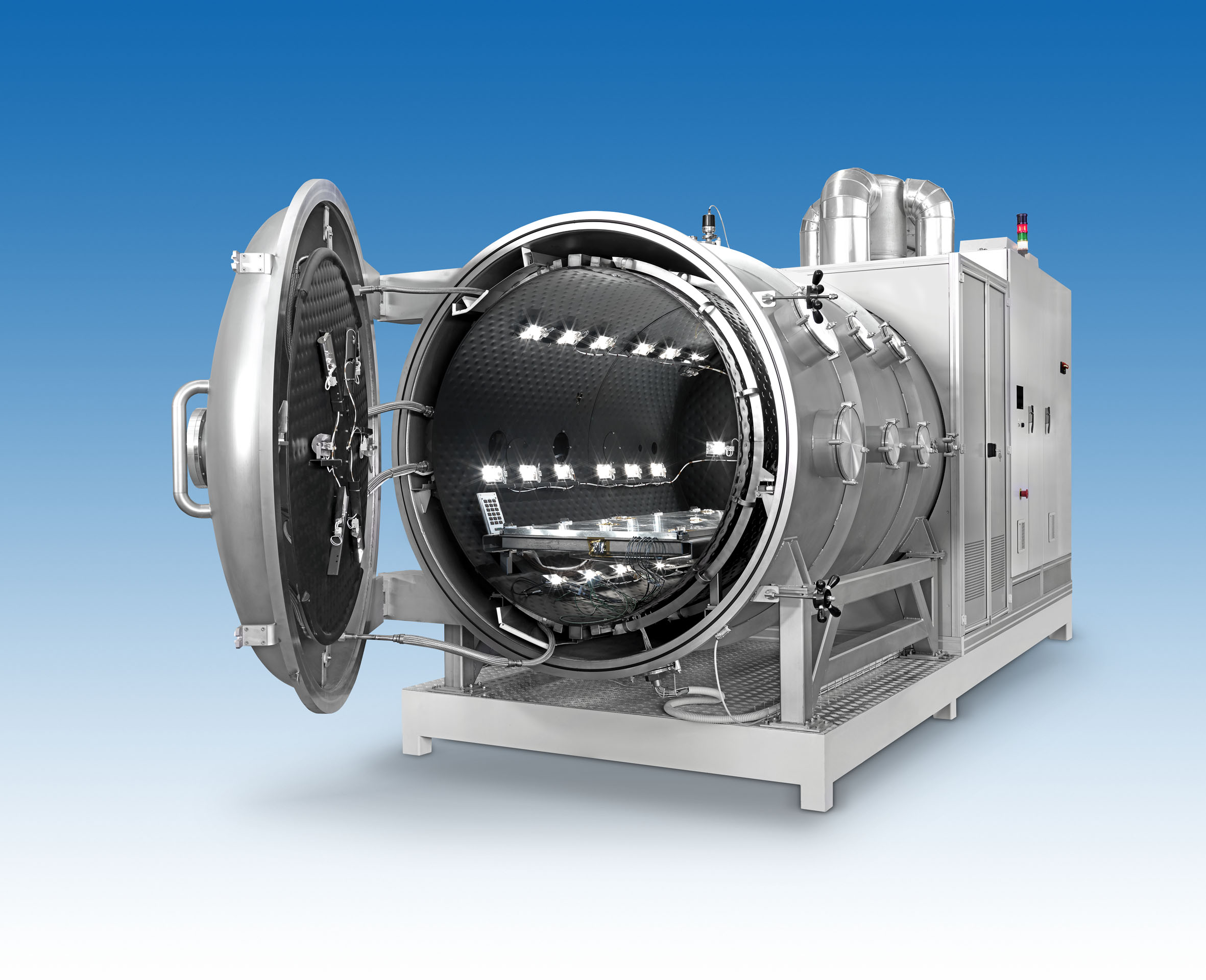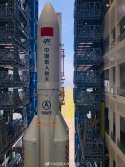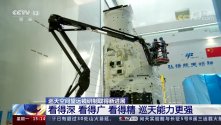You are using an out of date browser. It may not display this or other websites correctly.
You should upgrade or use an alternative browser.
You should upgrade or use an alternative browser.
China's Space Program News Thread
- Thread starter crazyinsane105
- Start date
- Status
- Not open for further replies.
I think it’s due to 3D print, may be the material (Luna soil) , there are 3D printed house on earth now, and they can’t do the flat roof too(they use cement)Actual vacuum chambers which have the same pressure resistance requirements are tube sections with either a rounded or flat and thickened top.

The rounded section is useless for storage and does not maximize the relevant parameter of a space structure, which is volume.
The image shown is that of a spacecraft thermal vacuum chamber used for aerospace testing.
I guess the material needs some kind of solidify/cooling, and has low strength during that period, just like cement.
But that’s just my wild guess, so..
Yes, 3D printing has problems with overhang. But the rest of the shape can still be tube shaped. And I still don't think 3D printing using lunar regolith is effective because you still ha e to heat it to the point where it forms a nonporous seal and that takes a lot of energy. If you have that much energy, tube extrusion or tunnel wall melting is simpler.I think it’s due to 3D print, may be the material (Luna soil) , there are 3D printed house on earth now, and they can’t do the flat roof too(they use cement)
I guess the material needs some kind of solidify/cooling, and has low strength during that period, just like cement.
But that’s just my wild guess, so..
The load bearing connectors (circled in orange) between the boosters and core stage are 3D printed Titanium, 400t force each. The total force transferred from 4 boosters is 960t (1000t class). See the highlights in the following document.All images are high-resolution and show the LM-5 rocket mounting the Wentian experimental module of the Chinese space station being transported to Launch Pad 101.
This must really hurt you-know-who's feeling.


This must really hurt you-know-who's feeling.
Love the 2nd picture. So symbolic of the future of China.
- Status
- Not open for further replies.
















